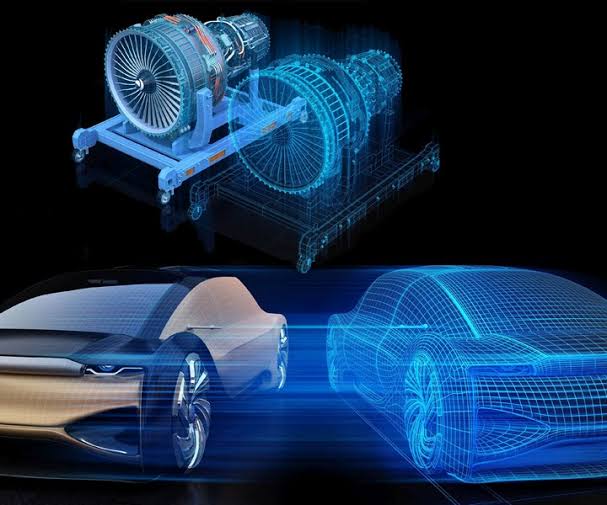The innovation in the field of the Internet of Things (IoT) commenced the introduction of this new invention since IoT has emerged to be highly cost-effective. Virtual twins have been essential to the industry today and are identified as a main technological phenomenon. The multifaceted complexity of development has contributed to a variety of market concerns. Digital twin development has moved beyond production to the convergence of the Internet of Things, artificial intelligence to computer mining worlds.
The concept of “Digital Twin”:
The digital twin is an electronic replica of a physical object, e.g. an item, a process, or an entity. This provides insights into scale, components, efficiency, etc., and stores up-to-date details about the object, collected using sensors and actuators. Such data are fed into computational models to provide valuable insights.
A digital duplicate that has been replicated on a computer medium is a near-real-time digitized replica of a physical entity. It is a link between the modern realm and the real environment. Its primary purpose is to enhance company efficiency by data collection and process management to fix problems before they arise and to avoid downtime.
The models that are produced can help to build and schedule potential possibilities and changes inside the process or product. The benefits of interactive twin engineering are unprecedented, with businesses, such as livestock, industry, transport, and retail, enjoying technological incentives and benefits.
How is it used in the industries?
The twin is designed to get input from sensors that collect information from a real-world counterpart. This allows the twin to simulate a physical object in real-time while offering insights into performance and likely issues. The twin could also be organized depending on the model of its physical counterpart, in which case the twin could criticize as the product is refined; the twin could even act as a prototype itself before any physical adaptation is assembled.
Such a technique helps to manufacture expenses to be reduced. Companies can save money because the goods are in the first run through. This is no need for expensive clinical testing or software upgrades or procedures. Research with producers has found that this idea will help to reduce the development costs of the next generation of machines by well over 50%. Additionally, the highlights of the technology give added certainty to boost product performance and help to make complex choices, avoiding exorbitant downtime for robotics and machinery.
Reduce product quality problems: Digital twins model stimulates ‘what-if’ real-world simulations to help companies consider future effects, develop procedures and processes, and, if any, identify product quality concerns.
Reduction of maintenance costs: Virtual twins forecast problems by leisure models that collect data on various risk factors, operational conditions, and system configurations. It aims to save money, increase system efficiency, raising downtime, and prolong the life of the device.
Improves workplace preparation: Digital twins can recreate real-life dangerous situations for the training of employees. Employees may also be prepared to deal with equipment that is not close or is too exorbitant to be provided with hands-on training.
Performance and efficiency upgrades: Using digital images, companies no longer need to pursue various strategies for enhancing operations concerning tangible objects. We will not have to abandon the changing systems and should, in turn, conduct tests in the lab to learn the risks and benefits of the modern techniques and to try to experiment with them and see which changes give the better performance.
The critical advantage of the fact that certain companies have started to integrate their processes, goods, and resources by simulations is attributed to their experience. Organizations are trying to sell goods more than their competitors and being able to digitally replicate situations in which a company is checked for regression around multiple edges improving the situations considerably.
Workplaces who introduce this product early should build on innovative and moving expertise. Workplaces would have the opportunity to combine interactive technologies to boost employee satisfaction and efficiency by utilizing data-driven simulations. Employees who use digital twin technology will have the potential to expand their participation with online devices, such as smart maps to find colleagues on the floor, book meetings and accomplish things with more dedication and precision.
Supervisors would still have the power to remotely control using a device that would be like a 3D chart that would be created utilizing virtual software systems that rely on simulations. This is obvious that the digital twin concept would help a significant amount of people in the supply chain. Joining this disruptive concept with IoT innovation is a huge opportunity for organizations to implement. Ultimately, it will also allow partners to enhance the general productivity and expense of their businesses and strengthen the number of aspects of the job for employees.

